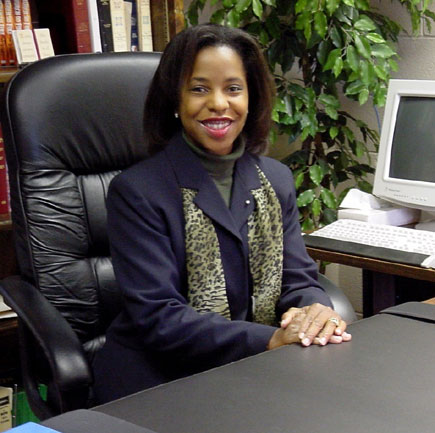Winn (2003) acknowledged that the instructional design field was currently being forced to rethink the procedures it applies to instructional design when it accepts the assumptions of cognitive theory. One such cognitive theory that appears worth exploring is Bickhard’s (2001) naturalized model of rationality with a focus on the dynamics of learning about error—what counts as error—and handling error knowledge—developing a kind of internalized variation and selection, or quasi-evolutionary reflective process. Designing learning environments to construct this type of “negative” knowledge seems largely neglected in instruction, and yet is relevant for providing learners with an understanding of why and how “positive” knowledge works.
Various findings from studies involving error detection and feedback seem to substantiate the potential boon of negative knowledge to learners. For example, some human-computer interface researchers found that learners were willing to learn by exploration but were often lost, even with the aid of manuals, when they encountered irrecoverable errors (Carroll, 1981; Carroll, Mack, Lewis, Grischowsky & Roberston, 1985; Rieman & Young, 1996). Also, students in a foreign language study revealed they learned more from self-correction (Chandler, 2003). Further, Chambers (1994) reported that learners sometimes got conflicting explanations about their errors from teachers and that teachers and researchers who know a subject well had difficulty seeing things from learners’ perspectives. Furthermore, a study recommended that assessment developers design tests that enable learners to demonstrate their skills and knowledge and for teachers to help learners apply appropriate problem solving and metacognitive skills (Boston, 2003). Each of these studies seems to support a need for instructional designs based on a rationality model for constructing and evaluating knowledge about errors or error types to enhance student learning.
Wednesday, February 07, 2007
Subscribe to:
Post Comments (Atom)

3 comments:
Good comment, but IDs in practicum already know this. It is not the IDs but the customer (SMEs), who should realize the needs of the learners since most customers are part of academia? IDs can only do so much, since the customer has the final say on everything done by the ID and end product. Thanks, Michele
Ahhh...the challenge of the various players and their roles! From your comment it seems that the ID is more a technologist in the eyes of the SME. As professionals who understand and should be viewed by SMEs as experts on issues pedagogy and the science of instructional design, we have to keep trying...clarify what we bring to the collaboration and try to win the next battle. Right?
Hi Tonya,
This is a response to your posting on the IT Forum Listserv. I am at home this week and cannot get in. I found that I must be on my office computer. Did not know that. Anyway, regarding your question about online procedures, policies, and making a profit:
Hi Tonya,
I directed our online program at Florence Darlington Technical College in South
Carolina. As we developed our program, I took my team and we visited colleges with
online programs across the United States. At the same time I taught for the University
of Phoenix. I am now teach at the University of the South Pacific, whose physical
service area is about 1/3 of the earth's surface. We have centres in countries
around the region -- Samoa, Tonga, Cook Islands, Marshall Islands, Vanuatu, Kiribati.
I would be happy to discuss moving to a profit model. I would also be very interested
in your ideas.
Regards,
Bob Hogan
Associate Professor
Department of Education
University of the South Pacific
robert.hogan@usp.ac.fj
(W) 679 323-2299
(M) 679 972-2820
Post a Comment